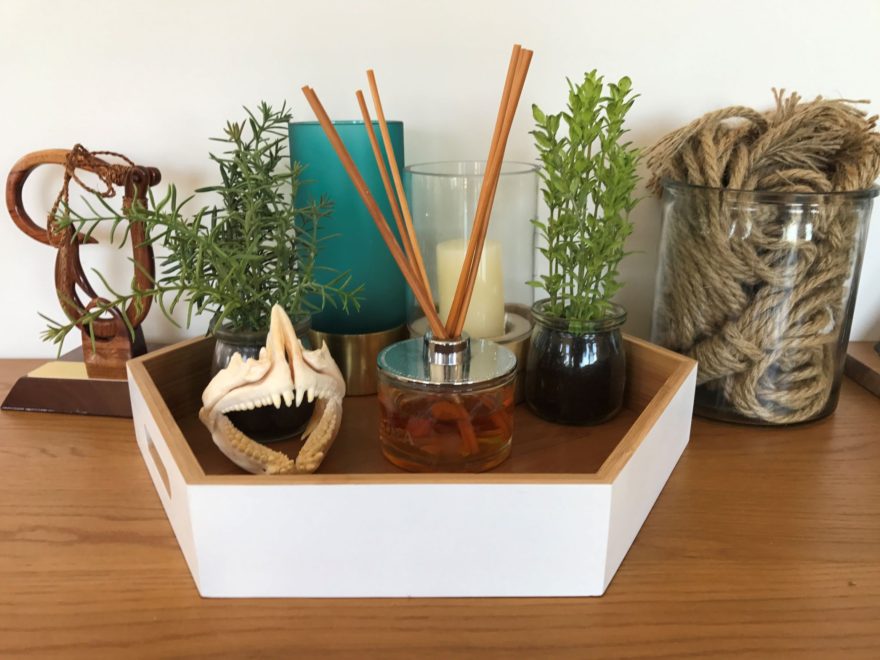Many anglers have that extra-special fish in mind when setting out with fishing gear in hand – a fish that means a great deal to them. The eventual realisation of this catch may see it mounted for posterity, but not everyone has the space or the spare coin. Fortunately, there are alternative ways to display great catches. Nicky Sinden, host of Ados Addicted to Fishing, shares a step-by-step guide to preserving trophy snapper jaws, for a worthwhile tribute to a great catch…
Snapper are known for their powerful jaws, which they use to crush and squash their prey in a ferocious manner. Over time these teeth wear away, but new teeth are grown as required.
After the thrill of the catch, the fun of filleting it, and the satisfying feeling of a full belly afterwards, throwing out the snapper frame could be considered wasteful. However, by mounting the jaws, part of the frame can now be turned into a piece of art.
The Process
Step 1. Bake
Remove the head of your snapper and place it on a baking tray, double wrapped in tinfoil. Bake it until the flesh is tender. An average cook time is about 45 minutes at 180 degrees Celcius, but the time will change depending on the size of the fish.
Step 2. Find the seven bones
Once cooled, use a knife and your fingers to find the seven bones that make up the jaw.
Four pieces combine to make the top jaw, with two symmetrical pieces forming the top jaw proper, along with two more, which are the supporting bones.
Going in from the bottom, you will find the bottom jaw is still in one piece. Now look for the cheek bones – there should be one on each side.
Step 3. Scrub
Now it’s time to scrub and clean … and the longer you spend on this, the better the jaws will look.
Scrub each piece with an old toothbrush and warm water; a toothpick will get into all the little holes so the nerve endings and any excess flesh can be dug out.
Step 4. Marinate
Soak your snapper jaw in hydrogen peroxide (6%) for 40-60 minutes, depending on the size of your fish. This will decompose any leftover bits that have been missed and will also preserve and whiten the bones.
Remove the bones and rinse them in water before drying them in the sun, leaving them overnight.
Step 5. Assemble
While playing around with the seven fish-jaw pieces, you should notice that the various pieces slot into each another with ease.
Use some contact adhesive to carefully connect the bones at the points where they touch. I used a toothpick and put a small amount of glue on each part, wiping away any excess.
Once each part starts to go tacky, connect them together and hold them in place with firm pressure for 30 seconds – or slightly longer if it’s a bigger fish.
Once the jaw has been reassembled and the glue sets, all sorts of mounting options can be used, with the only limit being your imagination, from plain timber through to a large shell – anything that contrasts with the white of the bone.

